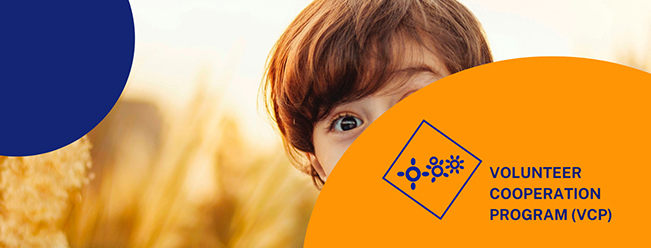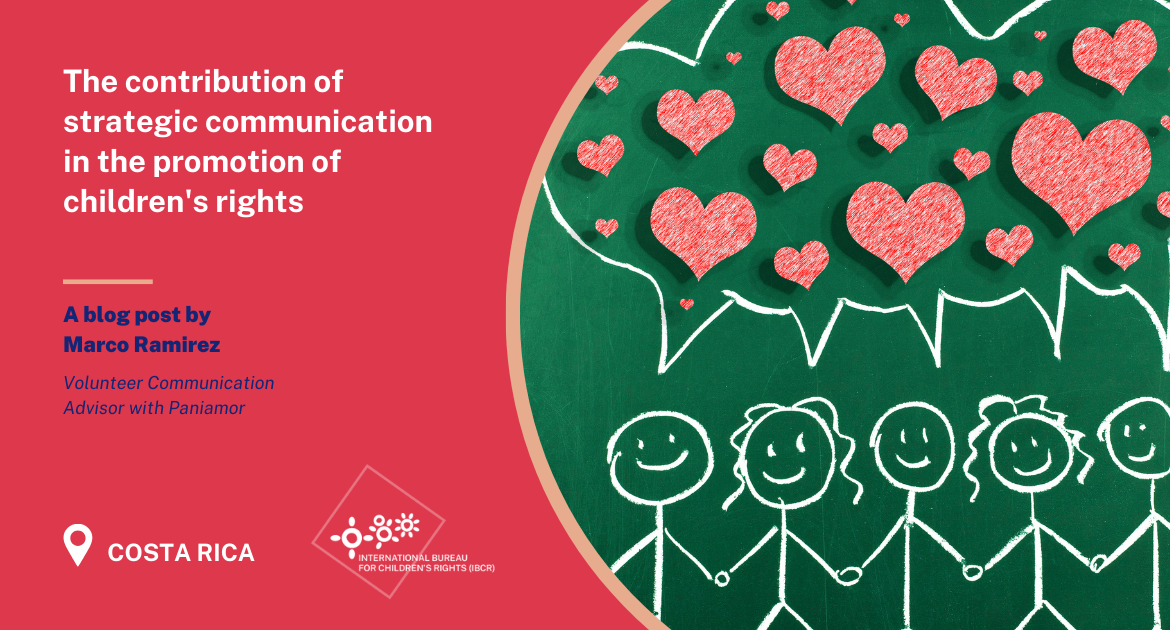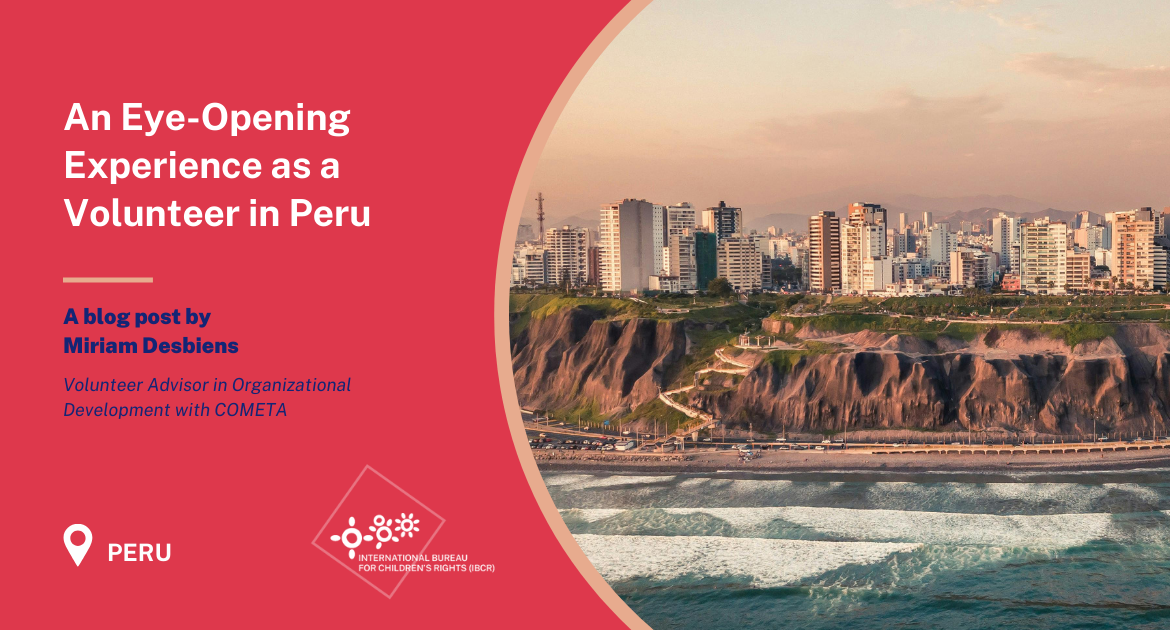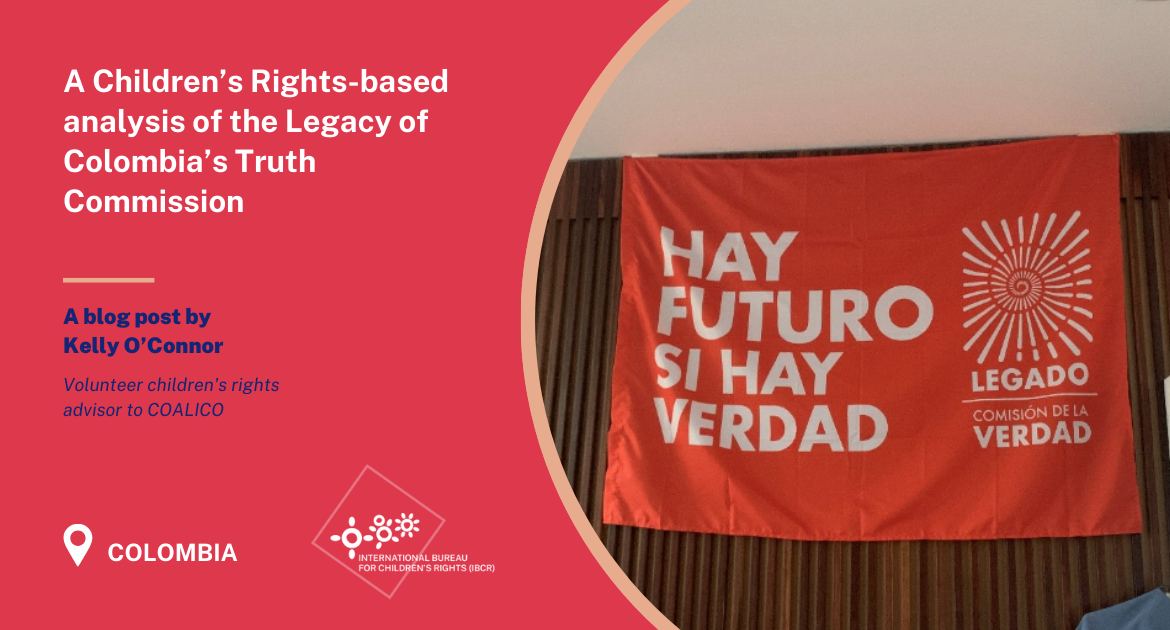*Translation may contain errors. See the original article in Spanish.
The promotion of the rights of children and adolescents is an arduous task that is carried out in different social contexts through local, regional and international actions and strategies.
In many countries, the protection of the rights of children and adolescents is a state responsibility in a context where social groups, mostly known as NGOs, seek to contribute to social change based on a human rights approach.
The challenges faced by NGOs are multiple and diverse, but one of the most frequent is the little or no communication they do about who they are and the social impact they are part of, either because they do not communicate it or they do not know how to do it, which is why it is important to recapitulate and understand the concept of strategic communication as a tool for the promotion of children's and adolescents' rights carried out by these organisations.
Communication is a fundamental element of a holistic approach (UNICEF, 2021)1 to promote the good health of children and adolescents, protect the most vulnerable and care for those who face the greatest obstacles. It is therefore really important that NGOs communicate their efforts and generate communication products that demystify cultural behaviours that are detrimental to the quality of life of minors, raise awareness from a rights-based approach about the reality experienced by these populations and inform about the actions that we as a society and state must apply so that minors can be citizens who are guarantors of rights.
Strategic communication is more than just publishing or informing, it is an essential tool that allows organisations to increase and enhance the impact of their messages, thus reaching a greater number of people through mass media and social networks with intentional, transformative and relevant messages.
Communicating strategically in organisations involves including all their actions in their communication discourse and performance, aligning their assets with the organisation's strategy. Assets are understood as those intangible assets that are an important part of reputation and that strengthen the credibility of the organisation, such as: branding, transparency, digital transformation, social and institutional positioning and social responsibility.
The contribution of strategic communication has a high potential in the promotion of children's and adolescents' rights and gender equality, as it is possible to develop communication products and campaigns based on the human rights approach, understood as that which recognises that all people, without any distinction, are subjects of rights, and therefore the fulfilment and respect of all their rights must be guaranteed without any discrimination (also considering children and adolescents).
The 3Ps in the rights approach
There are three ways in which we can categorise types of rights, defined and widely known as the 3Ps.
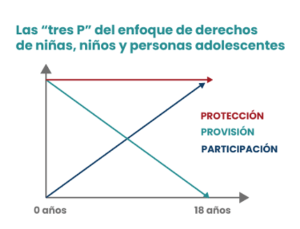
- Provision, which refers to basic rights such as food, housing, education that we as a state and society must provide to minors.
- Protection to avoid any abuse, neglect, mistreatment… based on the social mechanisms for their fulfilment.
- The participation to which all children and adolescents have the right to assume an active role in their lives.
The application of the 3Ps is then determined in relation to the age of the persons, given that when a person is younger the social and institutional role of provision is greater, the lesser the participation that this person can have as shown in the graph and the change that arises according to the increase in age, while protection must be understood as a constant until he/she reaches the age of majority.
But how can we apply the 3Ps to the development of communication products?
The 3Ps can be applied together or individually, depending on the creativity or the type of communication product to be developed. In communication processes, we must give an active role that allows minors to participate, to tell their experiences and realities to their peers, through video testimonials or participation in consultation processes, always considering the care of the image of the minor and the non-revictimisation of sensitive situations. This contributes to the message being better received by other minors, as they do not receive messages based on an adult-centred vision.
Protection can be expressed through products such as infographics, videos and publications on social networks that expose the rights that are violated and demystify situations that are considered "normal" on a daily basis. These messages should always provide a call to action that allows the audience to identify the protection and complaint systems or mechanisms that exist for the issue being addressed.
The way in which the 3Ps can be applied in communication products will always be diverse and that is why creativity as a communication resource must be careful not to deliver a message that is not adequately understood.
Finally, for the development of such communication, organisations must answer these questions in order to establish strategic processes :
- What is my communication objective?
- What message do I want to communicate?
- Who is my message aimed at?
- Through which channel or medium can I share that message?
- How can I measure whether my message is effective?
Communication must ensure that children are portrayed as social subjects of rights and not as "objects of protection".
Interested by international volunteering?
Find out more about our open mandates
KEEP ME INFORMED OF UPCOMING VOLUNTEERING OPPORTUNITIES
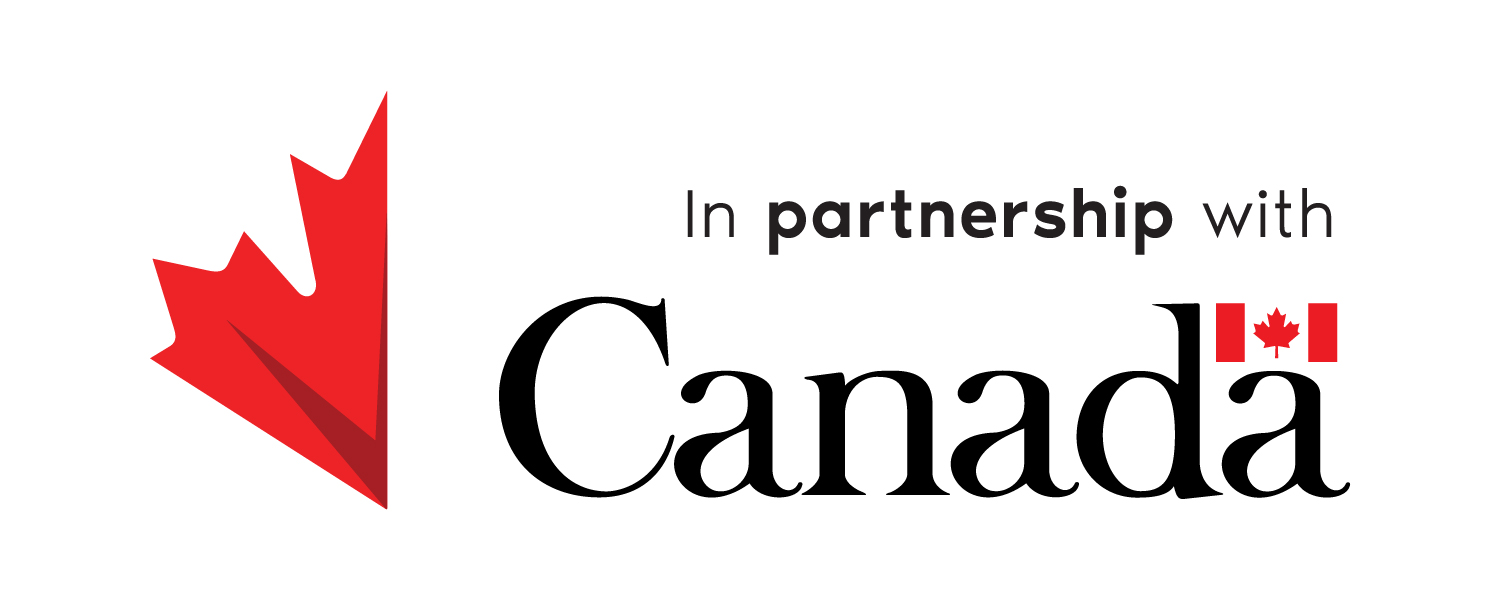
Volunteer cooperation program funded by Global Affairs Canada.


